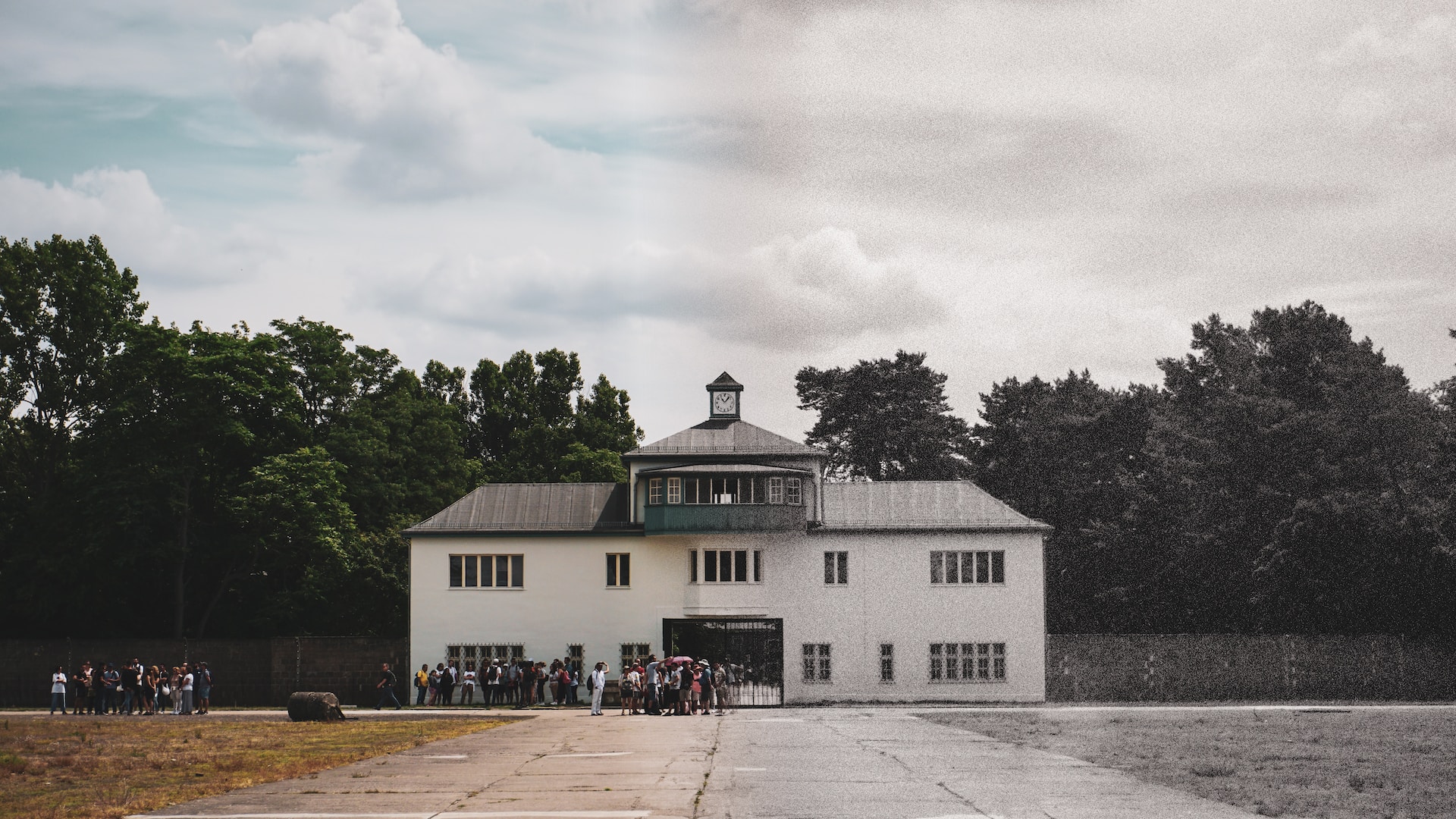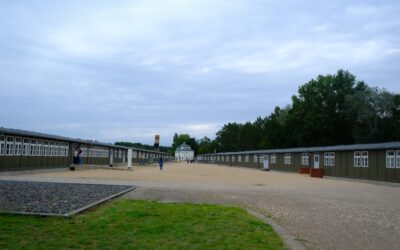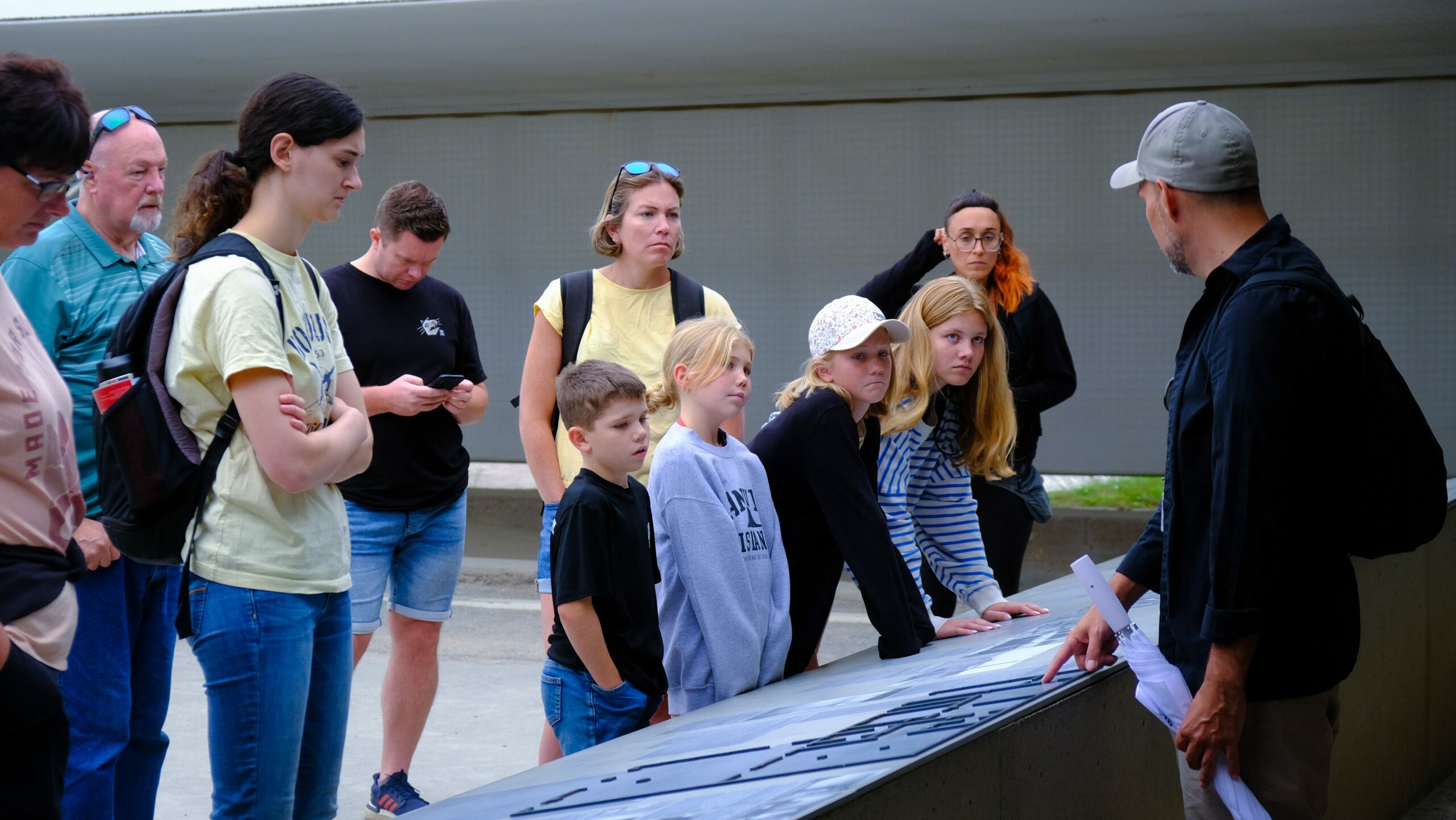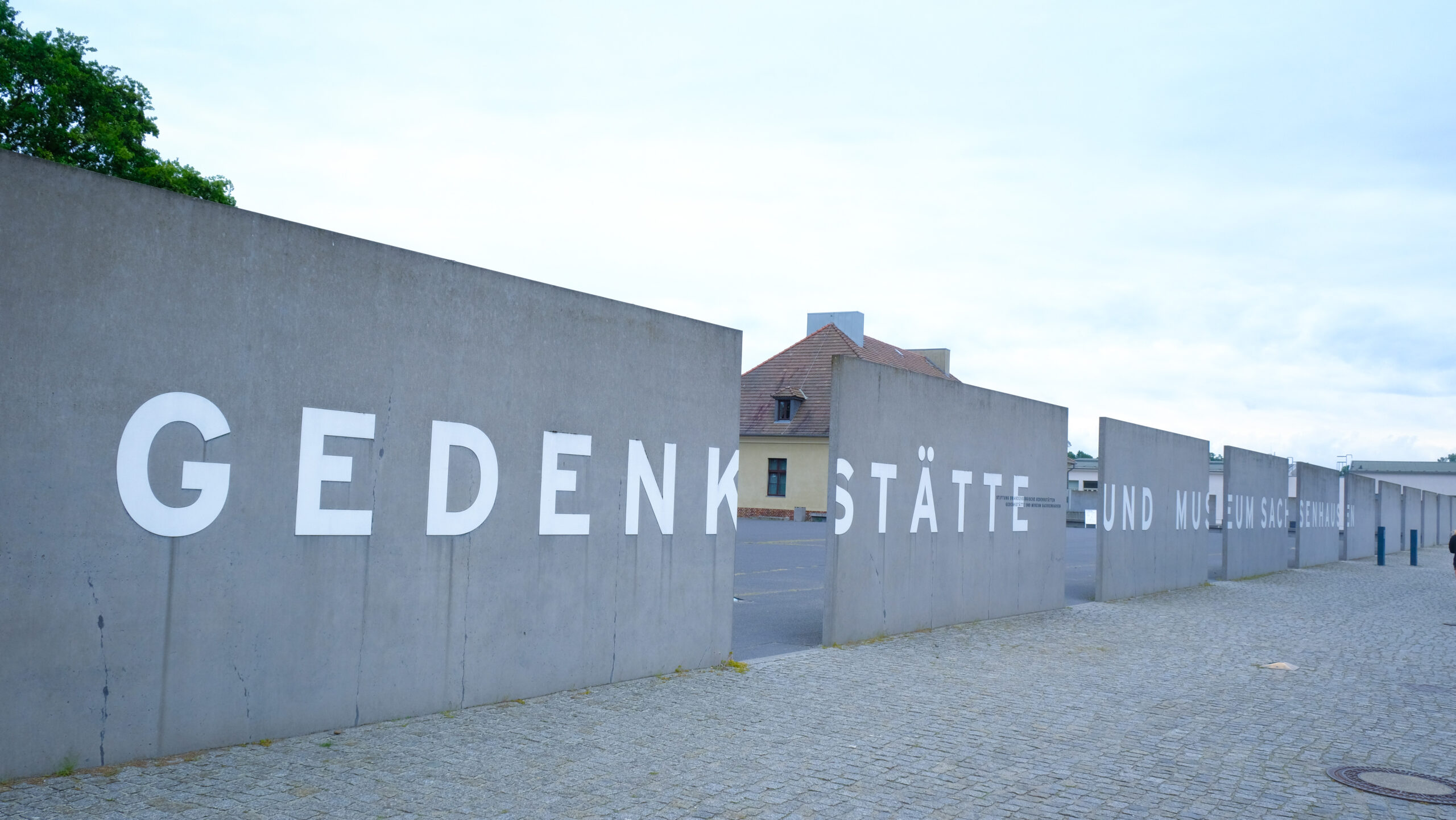Welcome to our blog post where we aim to provide you with an informative and engaging insight into the Sachsenhausen Concentration Camp, located near Berlin. If you are a beginner on this topic, keep reading as we explore the historical significance, visitor experience, and lessons to be learned from a visit to this memorial site.
Understanding the Sachsenhausen Concentration Camp
Sachsenhausen Concentration Camp was formalized in 1936 by the Nazis initially for the political prisoner ’ s detention. It was initially too used to house various social misfits and undesirables, but later on, it was used for Jewish people, homosexuals and other minorities. During the World War II the camp turned into a place of torments and deaths for thousands of men and women.
Remembering the Past
While touring the Sachsenhausen Concentration Camp the visitors pay tribute to victims of the Nazi regime of Germany. When one tours through the camp having been transformed to a modern museum with some of the old structures still standing, one can begin to comprehend some of the cruelties that took place during this genocide.
The Tourism Perspective at Sachsenhausen
Before you make a visit to Sachsenhausen, make sure you have the capacity to be touched emotionally and get the chance to pen down some deep thoughts. The following are some key aspects to keep in mind:
Guided Tours
You could also try going on an organized tour where professional guides will tell most of the stories behind those structures. These kinds of tours can provide valuable tour information about the camp, divided sections and narratives of the imprisoned people, who were there.
Museum and Exhibitions
The museum inside the camp offers many essential details about the history of Sachsenhausen and its functionality. Personal items, photographs, and documents that tell us about the lives of people who suffered grave oppression inside the perimeters of the camp are exhibited in the facilities.
Memorial Sites
In the Saxon concentration camp there are several more sites where there are memorials that depict the experiences of the victims. From the Appellplatz where the roll calls were held to the imposing Column of the International Monument these locations can be visited to pay tribute.
The Lessons to Be Learned
Coming to Sachsenhausen is an eye opener for people simply because it is the physical representation of the effects of hatred, discrimination and dictatorship. It prompts us to reflect on the following lessons:
Education and Awareness
Thus, turning our society aware of the sacrifices and sufferings people have gone through in the Sachsenhausen Concentration Camp and other similar camps of Germany, we pave way for our future generations to remember and at least honor their efforts. It means knowing and comprehending the tragedy and promising to work strongly to avoid such terrors reoccuring.
Tolerance and Acceptance
What one can learn at Sachsenhausen is that everyone should accept each other no matter the difference which they possess. Making a clear message of to overcome an hate driven mind and stop anyone from being an exterminator of other people’s lives the Camp’s history is seen as a memorial of what kind of results those who think in prejudice can get.
Human rights and social justice of the civil society
When facing the heritage of Sachsenhausen Concentration Camp people are made to understand how relevant it is to struggle for human rights and realize social justice. This is so because the accounts of the prisoners put the readers in a position to act against all kinds of prejudices that exist in the contemporary society.
Conclusion
A tour of the Sachsenhausen Concentration Camp outside Berlin gives a very touching and insightful annal. It also enables us to relate with history, perform homage to the lives lost and receive key learnings beyond the perimeter of the camp. If only we can try to remember what happened in the past and teach the new generation, then eradicate hatred and impunity, the world may aim for a better future.




